The forensic nurse who inspired Netflix’s ‘Mindhunter’ spent her career changing how the FBI catches violent sexual criminals
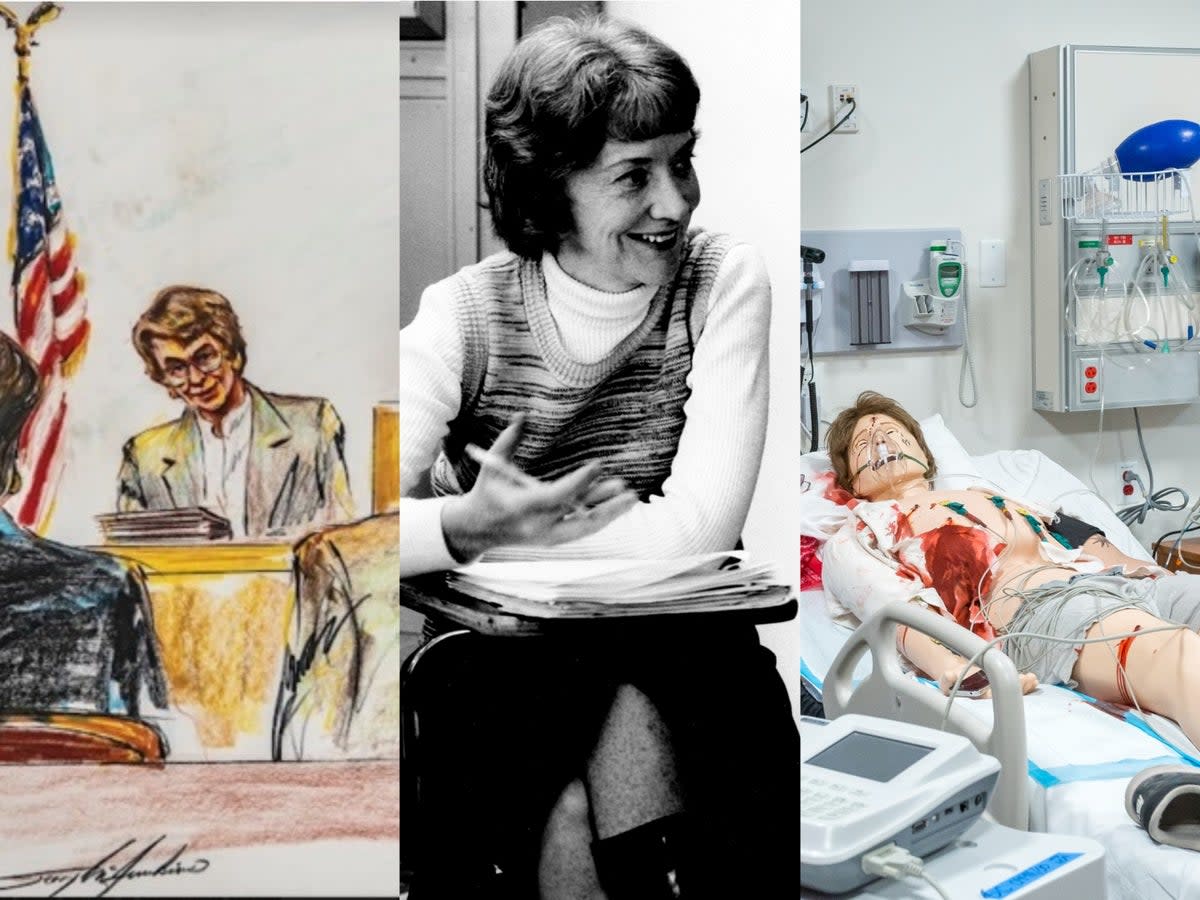
Ann Wolbert Burgess knew she was entering uncharted territory as she descended into the bowels of the FBI’s Quantico headquarters in the late 1970s.x
First, she was a civilian, not an agent – a psychiatric nurse specializing in rape victimology at a time when women were still widely blamed for their own sexual assaults. Secondly, Burgess was female, a rarity within the G-men-filled halls of the Virginia complex, where former athletes and ex-military alphas were the norm. And finally, she was consulting in a nascent field of criminal study that endeavored to reach the furthest depths of serial offenders’ minds – an effort by a small group of hyper-focused agents from subterranean offices that often drew skepticism.
But Burgess quickly earned the men’s respect, not only navigating unexplored psychiatric avenues but pioneering building blocks that would forever change the way the federal government catches criminals. Now, almost 50 years after the married mother first consulted with the FBI, an upcoming Hulu docuseries from a nearly all-women team – including sister producers Dakota and Elle Fanning – offers a fascinating glimpse into Burgess’ life, work and legendary contributions to crime fighting.
“I was glad to see the only males that we had on the whole [project] were the ones that had to carry the cameras,” Burgess, 87, good-naturedly tells The Independent just days before the Tribeca premiere of Mastermind: To Think Like A Killer.
The docuseries is partly inspired by a 2021 book the nursing professor co-wrote with Boston College colleague Steven Constantine. He’d urged her to compile her incredible stories after the release of Netflix’s 2017 series Mindhunter – in which actor Anna Torv plays Dr Wendy Carr, loosely modeled on Burgess.
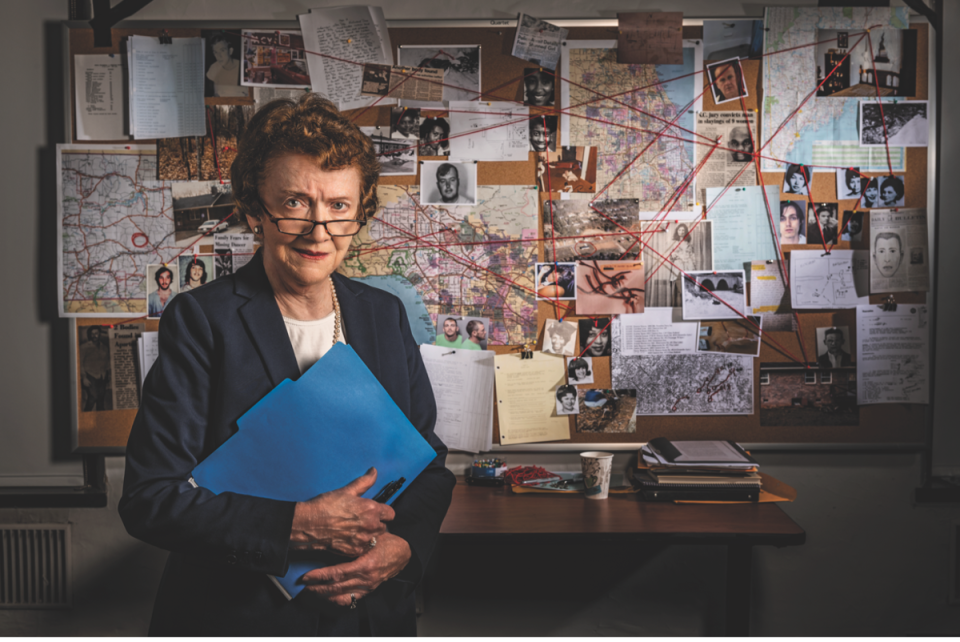
The psychiatric nurse could never have predicted her repeated portrayals on screen when she began her work with rape victims as a grad student in the late 1950s. It was in this arena that Burgess first showed her aptitude for renegade research; while treating women institutionalized after sexual assaults, she came to the then-revolutionary conclusion that it was imperative to understand an attack from both the perspective of the victim and the offender in order to better comprehend the events.
Before then, she writes, it was common “to dismiss sexual violence as indecent, a fringe part of society, or a ‘women’s issue’ that shouldn’t be discussed – as if men weren’t even involved.”
Burgess and a sociologist colleague published two major papers in 1973 and 1974 which indicated “that sexual violence was more about power and control than the act of sex itself,” she writes in her book with Constantine, A Killer By Design: Murderers, Mindhunters, And My Quest To Decipher The Criminal Mind. While that view of sexual violence is now long established, in the mid-1970s it marked a “novel understanding of the victim’s experience,” the book notes, which had “ripple effects.”
The FBI, meanwhile, was noticing a sharp increase in violent sexual crimes across the US – but no one in the Bureau really had or was qualified to give training. One new Behavioral Science Unit Agent learned about Burgess’ work from a female officer who moonlighted as an ER nurse; after reading one of her papers, the agent called up Burgess and invited her to lecture at Quantico about sexual crimes.
Some agents initially smirked – until she “dimmed the overhead lights and turned on a projector, then clicked through a series of photographs showing blood-stained underwear, bedrooms upturned by violence, and close-ups of women’s faces covered in bruises and marks of abuse,” she writes. “Some agents took notes, but most just stared at the severity of the crimes. None of them smirked after that.”
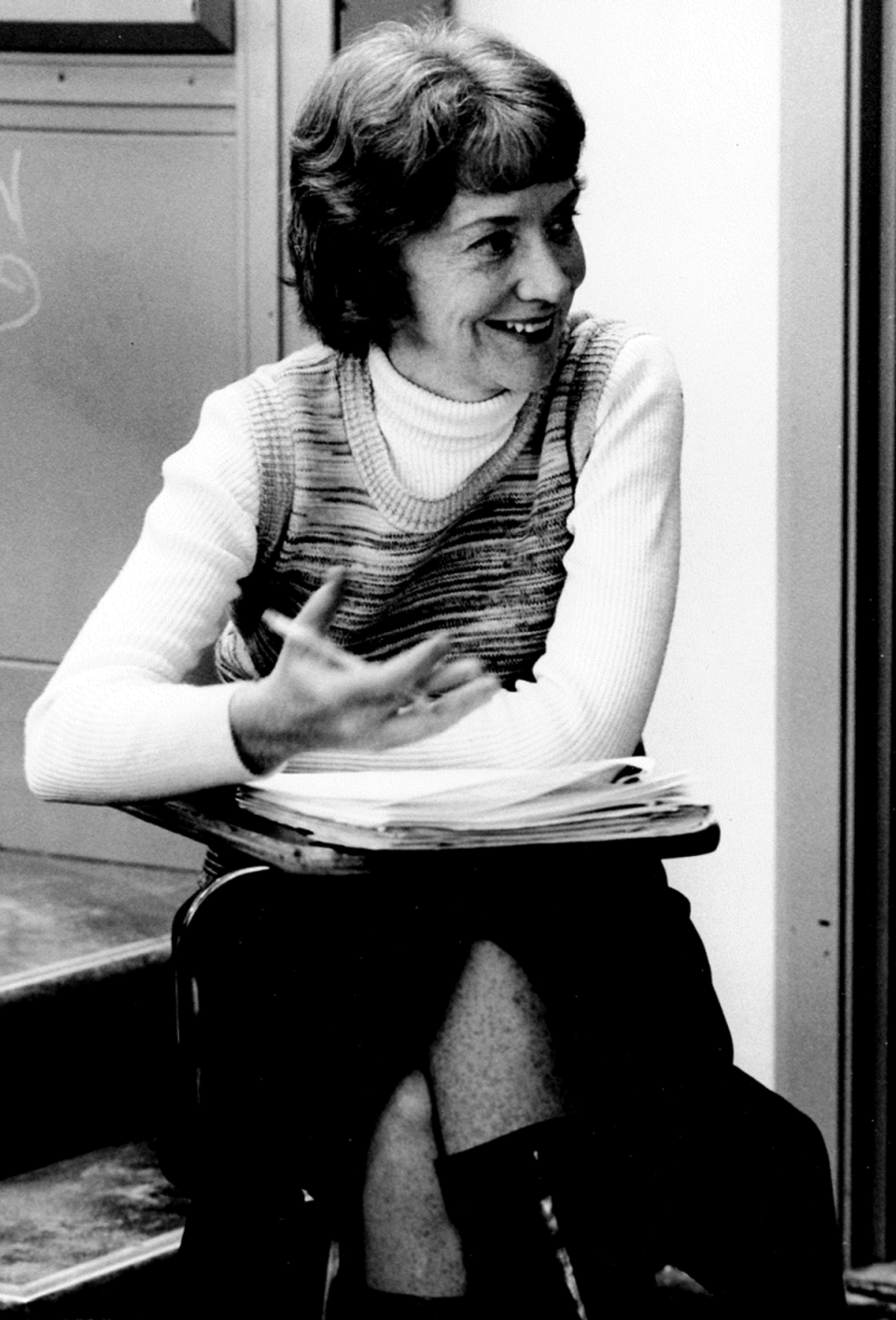
Burgess’ keen insights into the minds of victims and offenders soon led to another invitation: to give her perspective on the work of agents Robert Ressler and John Douglas, who’d begun what they called a “criminal personality study” and conducted recorded interviews with infamous offenders such as “Co-ed Killer” Edmund Kemper and Chicago nurse-killer RIchard Speck.
Burgess worked with the agents to formalize their approach and fine-tune methodology for data collection and analysis in a study of 36 serial killers, and in doing so became an integral part of the team – traveling across the country to assist with investigations and packing a go-bag.
While scenes like that sound straight out of shows like Criminal Minds (which used Douglas as a model for profiler characters) – and words like “grooming,” “signature,” and “unsub” are now established parts of the vernacular – Burgess and the agents she toiled alongside were building it all from the ground up.
They literally wrote the book – publishing 1992’s Crime Classification Manual: A Standard System for Investigating and Classifying Violent Crimes. Burgess also transitioned her efforts to the courtroom, providing expert testimony in some of the biggest cases in memory – including the Bill Cosby trial.
She has watched for decades as the field she pioneered exploded around her.
“Forensics was something that you always had to wait til graduate school to get to,” she says. “Now it’s in high school.”
That general cultural awareness around forensics, criminology and victimology aspects has been a key goal over the decades, she says – and a motivating factor through grueling, emotionally taxing work.
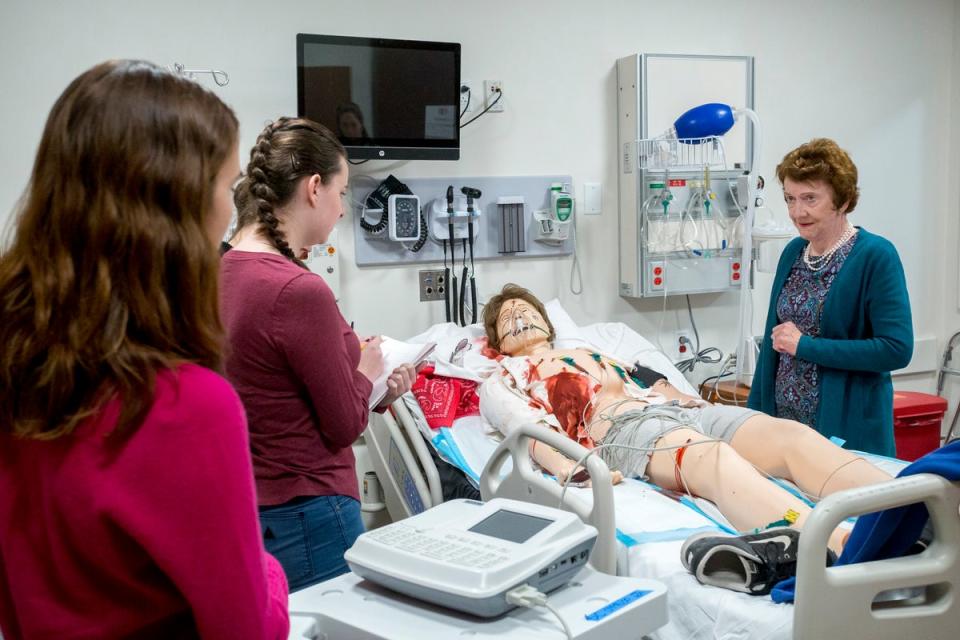
Civilians now often know the signs to look for (a youth’s torture or killing of pets, for example) that could indicate future dangerous behaviors, paving the way for early intervention and help – whereas Burgess and her team, decades ago, were the ones figuring out what those signs were and educating authorities about how to identify them.
“That has to be Number One,” she says. “When people observe or witness or know of an acting-out [youth], especially an adolescent male, we’ve got to do something to handle that and to get some help with it.”
Her 2021 book “tried to bring out the early warning signs so that people would see that.”
“My whole background is to get the word out,” she tells The Independent. “The word wasn’t out back in the 70s … and giving people language to be able to talk about things, that’s my motivation.”
At the same time, Burgess says a major concern for her is widespread knowledge being absorbed by offenders — who revealed in interviews that they were reading true crime reports and watching TV shows.
“Criminals have become more sophisticated,” she says. “I think we have to be very careful that they don’t pick up the lingo and they don’t use it in any way to manipulate, because they are such major manipulators – and their skill in lying and putting it over on people is so much a part of them and getting away with a crime.”

Burgess noted that usually only 60 per cent of homicide cases are solved annually, leaving a whopping 40 per cent unsolved. “And that’s every year – so you do the math,” she says.
She credits her nursing background with helping her to stomach the often gruesome and heartbreaking work. “I was trained that way, not to take the cases home with me or to worry about them,” she says.
“And I write; when you write something, you’ve concretized it.”
At the beginning of A Killer By Design, Burgess notes she “made a point of remaining faithful to the reality of events as they occurred – so as not to undermine the true nature of the crimes or the trauma they inflicted.”
She tells The Independent that victims often remain in touch with her. “Out of the blue, I’ll get an email,” she says,
Some were survivors of childhood trauma, she says, and contact her out of curiosity, unable to fully remember so they ask Burgess to fill in the blanks – “there are challenges, that’s for sure.”
There’s an urgency to her voice when Burgess warns about the issues that still need addressing.
“There’s a horrible problem of nursing home rapes of women, you know how vulnerable they are, especially if they have dementia,” she says. “The other is prison inmates.”
Despite the major inroads that have been made in criminal psychology and crime-solving, she says she’s disheartened by the lack of similar progress when it comes to the prosecution of sexual assaults.
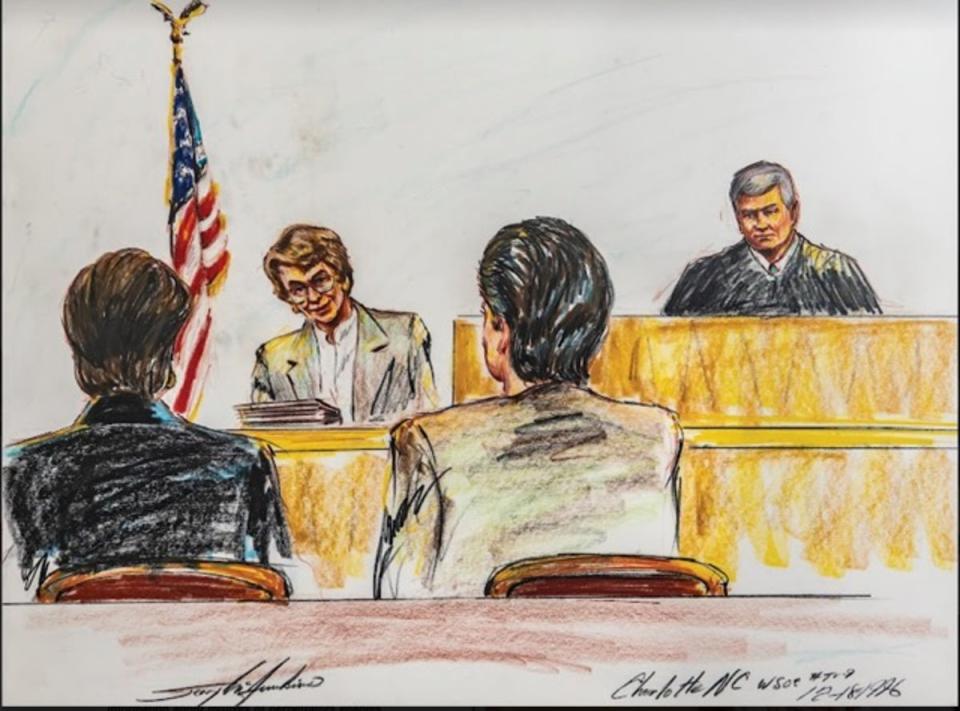
“It was very helpful to work with the FBI, because they had been educated; they had great training in the area,” she says. “But if you go down to local police departments, not necessarily.”
Developments such as rape shield laws – in which a victim’s sexual history can be inadmissable – and MeToo have helped, she says. Victims get better nursing and psychological treatment than they used to. But survivors are often still too afraid to come forward (“and you can’t blame them,” she says) and convictions are hard to achieve.
“We have not made as much progress as we should in trying to battle the myths out there,” she tells The Independent. “Really, it is still very difficult to get cases through the system.”
For almost three years, Burgess has been collaborating with other pioneers and experts for an elite Super Sleuths group which meets virtually once a month to consult on unsolved crimes. Members include an old Quantico contact, a DNA expert from Maryland, an entomologist and even one of the lawyers for Adnan Syed, whose case formed the basis for the podcast Serial.
Members of the group were joining Burgess at the Friday premiere of Mastermind in New York; she was driving down from Boston, laughing that she planned to wear an outfit from the trailer “so everybody will know it’s me.”
She hopes viewers will take away from the docuseries the importance of forensic nursing and nurses, in general – and notes how quickly the evolution of crime itself may continue.
“Who knows where we’ll be in the next decade?” she tells The Independent, noting growing issues with cybersecurity and social media “There’s been so much crime and reaction; will there be a difference in victim response? We don’t know that. Or will there be new and different kinds of crimes that we’ll have to look into?
As Burgess looks to the future of forensics and profiling, she acknowledges her own somewhat unexpected trailblazing path.
“My plan was to be a concert pianist,” she says. “My mother didn’t think that I’d be able to make a living.”


